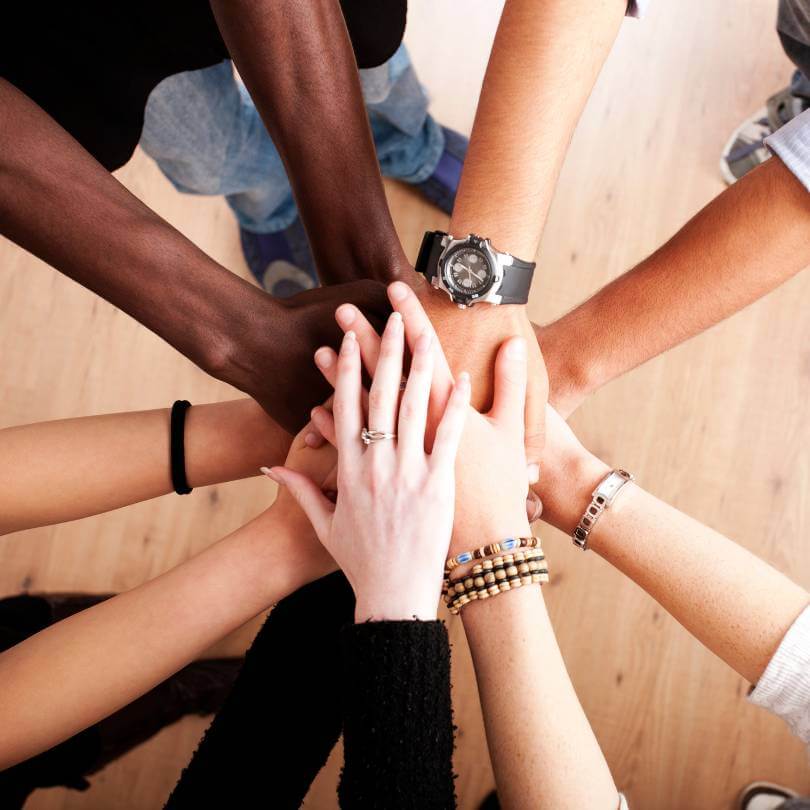In July of 2022, the 988 Suicide and Crisis Lifeline, formerly known as the National Suicide Prevention Lifeline, transitioned from 1-800-273-TALK to the simple dial code, 988. The goal is for the use of 988 to become as commonplace as calling 911. A person in need or someone concerned about another person can call, text, or chat 988, whenever they feel they need support regarding depression, sadness, anxiety, etc.
Based on the 2022 National Survey of Drug Use and Mental Health it is estimated that 0.6% of the adults aged 18 or older made at least one suicide attempt. This translates to approximately 1.6 million adults.
What has the 988 Suicide and Crisis Lifeline accomplished?
988 is a game changer for the behavioral health profession and the people it serves. Monica Johnson, Director of the 988 & Behavioral Health Crisis Coordinating office at the US Substance Abuse and Mental Health Services Administration (SAMHSA) stated, “This is the most transformative initiative in behavioral health care that I have seen in my career, and I don’t say that lightly.” Johnson has been in behavioral healthcare for 26 years.
According to the Substance Abuse and Mental Health Services Administration (SAMHSA), these are key stats on 988 for one year after the launch:
- The line has answered nearly 5 million contacts — nearly 2 million more than the previous 12 months following the $1 billion Biden-Harris Administration investment.
- Of the nearly 5 million answered, approximately 665,000 were texts.
- Almost 1 million were answered by the Veterans Crisis Line (VCL) which military members, veterans, and their families can reach by dialing 988 and pressing option 1.
- The average speed to answer decreased from 2 minutes and 39 seconds to 41 seconds.
The Challenges Facing the 988 Suicide and Crisis Lifeline
A poll from the National Alliance on Mental Illness (NAMI) released recently found that:
- 82% of adults were either unfamiliar with or had never heard of the 988 Suicide and Crisis Lifeline
- More than half of the respondents said they did not believe police should respond to a 988 call
- 74% did not know if a 988 call would always result in an emergency response
The needs are clear — more professionals are needed to support the line, but also more awareness is needed so people in need take advantage of the services provided by this tool.
The Role of the CCBHC
Although some experts estimate that more than 98% of the calls to 988 do not escalate to emergency services being dispatched, when a greater level of intervention is needed to address the crisis, CCBHCs are there to provide that support.
If a client in crisis needs intervention beyond the phone call, the call center will reach out to the CCBHC to determine what the right intervention might be. Some possibilities could be that the CCBHC deploys a crisis team to the field, or the client is sent to an emergency department, or referred or scheduled for other types of services.
Because CCBHCs are required to provide the nine comprehensive services mentioned below, they are equipped to provide several options for the person in crisis regardless of the level of crisis intervention they might need, making them a great partner for the 988 Suicide and Crisis Lifeline.
- Crisis mental health services, including 24/7 crisis teams, emergency crisis intervention services, and crisis stabilization
- Screening, assessment, and diagnosis, including risk assessment
- Patient-centered treatment planning or similar processes, including risk assessment and crisis planning
- Outpatient mental health and substance use services
- Outpatient clinic primary care screening and monitoring of key health indicators and health risk
- Targeted case management
- Psychiatric rehabilitation services
- Peer support, counselor services, and family supports
- Intensive, community-based mental health care for members of the armed forces/veterans, particularly those members and veterans located in rural areas
What Next?
The 988 Suicide and Crisis Lifeline has been successful so far, but much work is to be done to raise awareness of its existence and there is a need to hire more crisis counselors to support the calls. The collaboration of the 988 call center and the CCBHC is a powerful alliance through our national health care crisis.
Today, you can help by spreading the word about 988. SAMHSA’s 988 Toolkit includes messaging that can be shared through social media, video, print, and radio, and includes FAQs, and additional materials to promote awareness of 988. Advocating through federal and state policy and local stakeholders for continued support of the CCBHC treatment model can also enhance its sustainability going into the future.
Suicide is such a traumatic topic that it brings feelings of fear or at the very least a feeling of discomfort for most people when they think they may have to talk about it. Many people are afraid to talk about it even if they believe someone may be at risk of harming themselves. If you aren’t sure what words to use or how to approach the subject or need any kind of help with a person you are concerned about, call 988 on behalf of that person and ask for their help.



